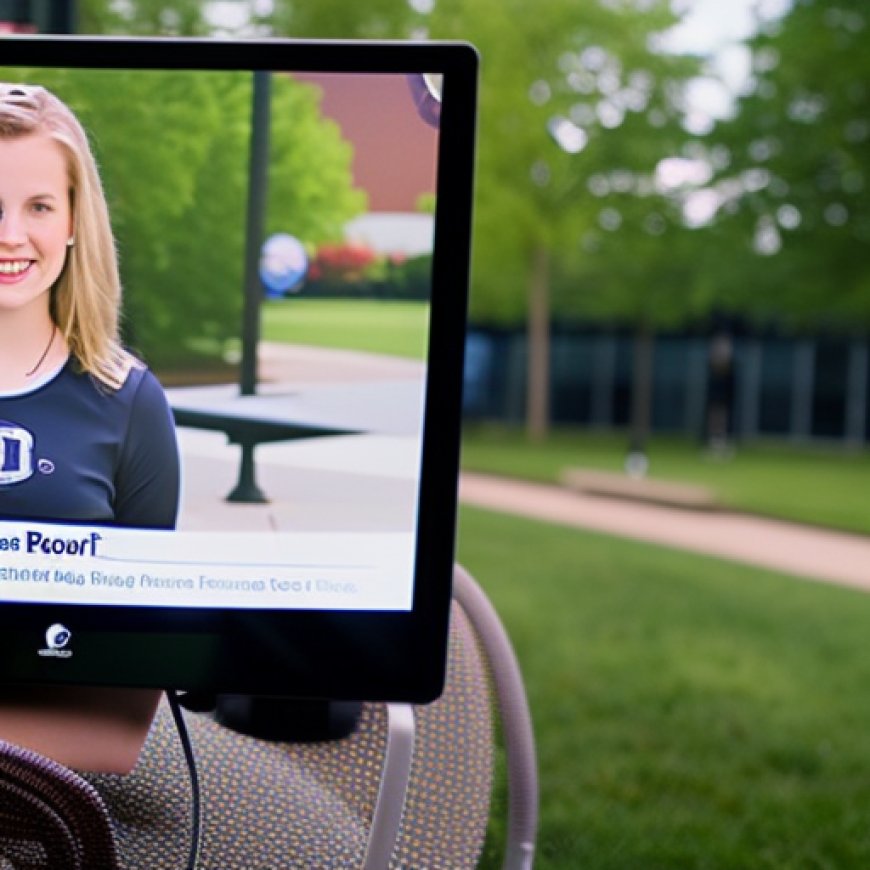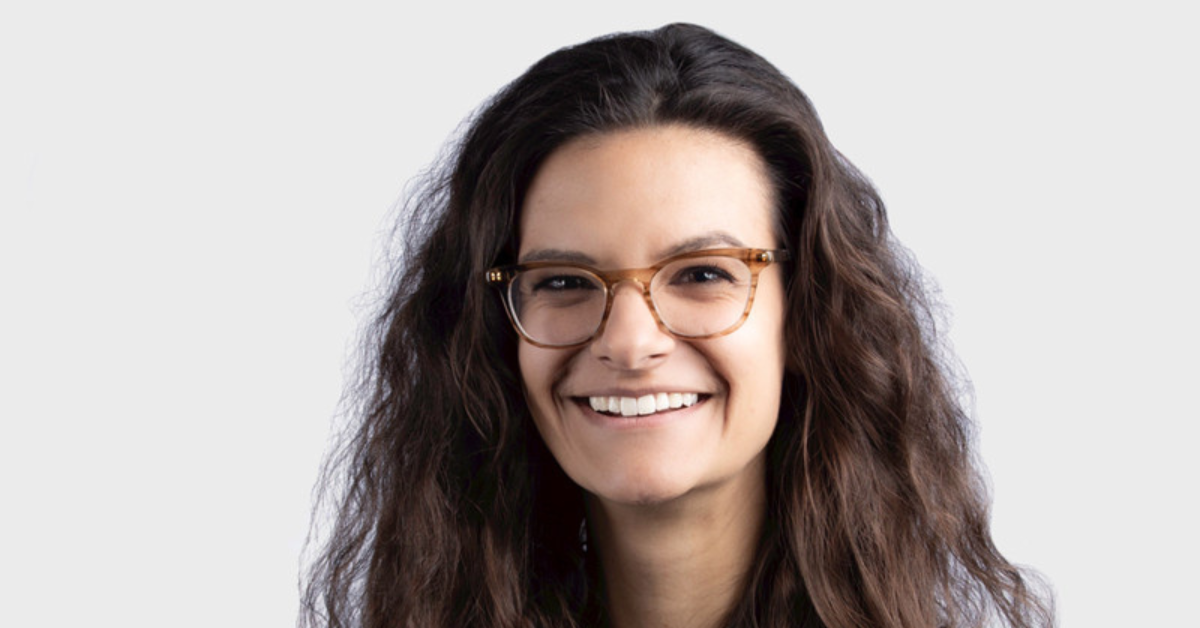Student Spotlight: Shelby Rohlff | Johns Hopkins Bloomberg School of Public Health



Meet Shelby Rohlff
- Degree Program: MSPH
- Area of Interest: Women’s, Sexual, and Reproductive Health; also obtaining a certificate in Gender and Health
- Hometown: Union, NE / Chicago, IL
- Previous Degree(s) Earned: Bachelor of Journalism in Advertising & Psychology, University of Nebraska-Lincoln
- Fun fact: I was a barre instructor in Chicago for a few years!
What sparked your interest in public health?
Because my undergraduate studies weren’t related to public health, I didn’t really know what public health was as I was first diving into it. I started to become interested in sexual and reproductive health (SRH) towards the end of my undergraduate career and even more so after the 2016 election, reading as much as I could and finding volunteer opportunities. I’ve worked with incredible organizations like Chicago Period Project and Jane’s Due Process over the past several years to provide resources, supplies, and education to people in need. These experiences, combined with reflections on my rural Nebraskan upbringing (with little to no sex education) really motivated me to become more involved in public health and the SRH space.
I like that I can deep-dive into topics I’m interested in like adolescent sexual health, gender, or fertility, while also gaining valuable research skills and experiences.
Why did you choose Bloomberg School of Public Health?
The wealth of knowledge and experience walking the halls at Bloomberg is truly incredible. You know you’re learning from and working with some of the best minds out there. At the same time, everyone at the School is very welcoming, friendly, and eager to help you succeed. I’m very happy about my decision to study here.
What led you to join the Department of Population, Family and Reproductive Health?
The curriculum, faculty, and opportunities available in PFRH stood out to me as I was researching programs to apply to. I like that I can deep-dive into topics I’m interested in like adolescent sexual health, gender, or fertility, while also gaining valuable research skills and experiences. Beyond the curriculum, everyone in PFRH is incredibly friendly and there’s so much interesting and important work being done in the department.
What is one experience in PFRH that stands out as a favorite or most memorable?
One of my favorite classes this past year was Dr. Williams’ course International Perspectives on Women, Gender, and Health. Not only did the material deepen my knowledge of how gender systems interact with health research and outcomes, but Dr. Williams also brought in speakers from the University and global institutions and encouraged us to engage with our classmates in discussions about gender and health in our home countries. It was an amazing class that I definitely recommend taking.
Tell us about your field placement.
I have two field placements, each helping me develop slightly different skills. One is with Dr. Arik Marcell in the School of Medicine working on Health-E You, a web-based mobile app for adolescents/young adults to use before a clinician visit to learn about and prepare for any sexual and reproductive health needs they have. The original app comes from UCSF and is focused on females, and the team at JHU is working to expand the app to all sexes and genders. For this project, we’ve been conducting formative research to understand what content and topics are most important to teens, design features they’d like to see, etc., and we will soon be conducting app user-testing before launching a clinical trial. I’ve led focus group discussions with young people about the app design, conducted qualitative analyses of these discussions and other interviews, and assisted with app design development.
My second field placement is working with Dr. Annie Smith and Dr. Beth Marshall in the Center for Adolescent Health on the Thrivology project. The team is working on a systematic literature review about trauma-informed approaches to adolescent sexual and reproductive health. I also help create other resources for Healthy Teen Network as part of this field placement.
What do you hope to do or accomplish after graduation?
I’m hoping to secure a job that utilizes my research and project management skills, likely in a non-academic setting. I’ve enjoyed working in the adolescent sexual health space, and I would be excited to continue to work with this population.
What are some of your favorite places or aspects of living in Baltimore?
Baltimore has so many great neighborhoods and places to explore. I live in Fell’s Point, so I love being able to walk along the harbor every day. There are also tons of great coffee shops and bakeries around Baltimore, like Good Neighbor or Cafe Dear Leon which are great for studying or for grabbing a little treat. Some of my other favorite spots are Greedy Reads and the Enoch Pratt library for books, and BMore Licks for ice cream.
What advice do you have for prospective students interested in joining the PFRH community?
There are so many opportunities to be involved within the PFRH department. My advice is to explore your interests as much as possible, but also be open to discovering new interests and opportunities from unexpected places. It’s natural that your interests might evolve during your time here, so embrace that!
SDGs, Targets, and Indicators
1. Which SDGs are addressed or connected to the issues highlighted in the article?
- SDG 3: Good Health and Well-being
- SDG 5: Gender Equality
- SDG 10: Reduced Inequalities
2. What specific targets under those SDGs can be identified based on the article’s content?
- SDG 3.7: By 2030, ensure universal access to sexual and reproductive health-care services, including for family planning, information and education, and the integration of reproductive health into national strategies and programs.
- SDG 5.6: Ensure universal access to sexual and reproductive health and reproductive rights as agreed in accordance with the Program of Action of the International Conference on Population and Development and the Beijing Platform for Action and the outcome documents of their review conferences.
- SDG 10.2: By 2030, empower and promote the social, economic, and political inclusion of all, irrespective of age, sex, disability, race, ethnicity, origin, religion, or economic or other status.
3. Are there any indicators mentioned or implied in the article that can be used to measure progress towards the identified targets?
- Indicator 3.7.1: Proportion of women of reproductive age (aged 15-49 years) who have their need for family planning satisfied with modern methods.
- Indicator 5.6.1: Proportion of women aged 15-49 years who make their own informed decisions regarding sexual relations, contraceptive use, and reproductive health care.
- Indicator 10.2.1: Proportion of people living below 50 percent of median income, by age, sex, and persons with disabilities.
4. Table: SDGs, Targets, and Indicators
| SDGs | Targets | Indicators |
|---|---|---|
| SDG 3: Good Health and Well-being | Target 3.7: By 2030, ensure universal access to sexual and reproductive health-care services, including for family planning, information and education, and the integration of reproductive health into national strategies and programs. | Indicator 3.7.1: Proportion of women of reproductive age (aged 15-49 years) who have their need for family planning satisfied with modern methods. |
| SDG 5: Gender Equality | Target 5.6: Ensure universal access to sexual and reproductive health and reproductive rights as agreed in accordance with the Program of Action of the International Conference on Population and Development and the Beijing Platform for Action and the outcome documents of their review conferences. | Indicator 5.6.1: Proportion of women aged 15-49 years who make their own informed decisions regarding sexual relations, contraceptive use, and reproductive health care. |
| SDG 10: Reduced Inequalities | Target 10.2: By 2030, empower and promote the social, economic, and political inclusion of all, irrespective of age, sex, disability, race, ethnicity, origin, religion, or economic or other status. | Indicator 10.2.1: Proportion of people living below 50 percent of median income, by age, sex, and persons with disabilities. |
Source: publichealth.jhu.edu








